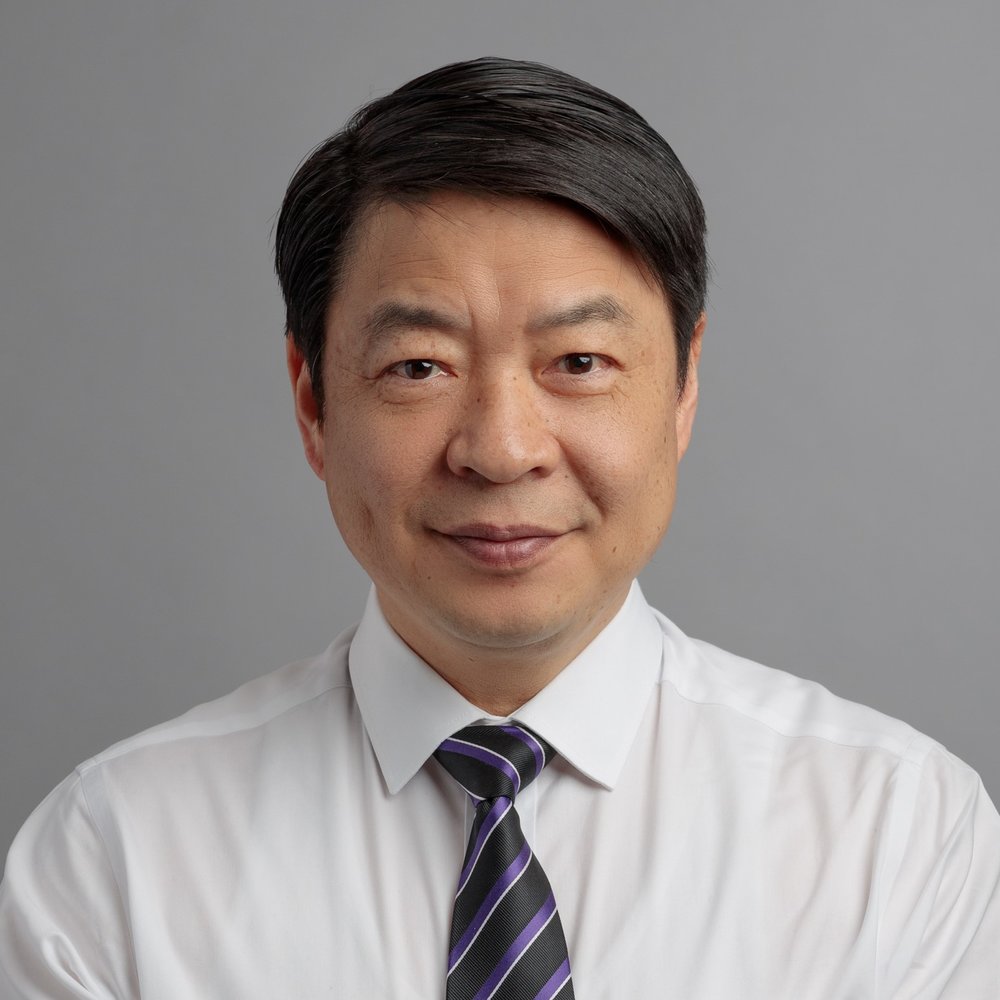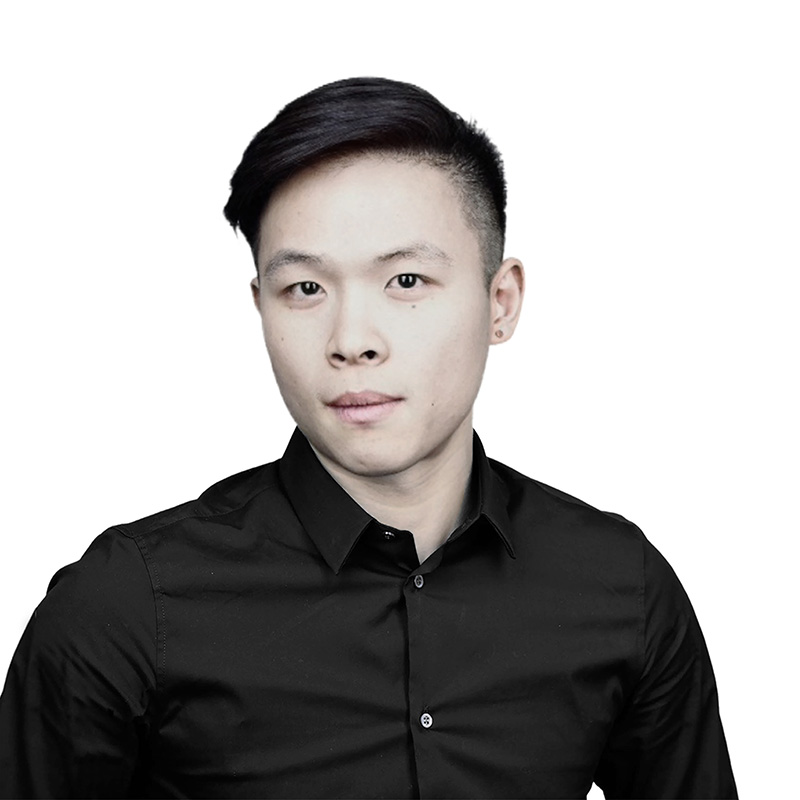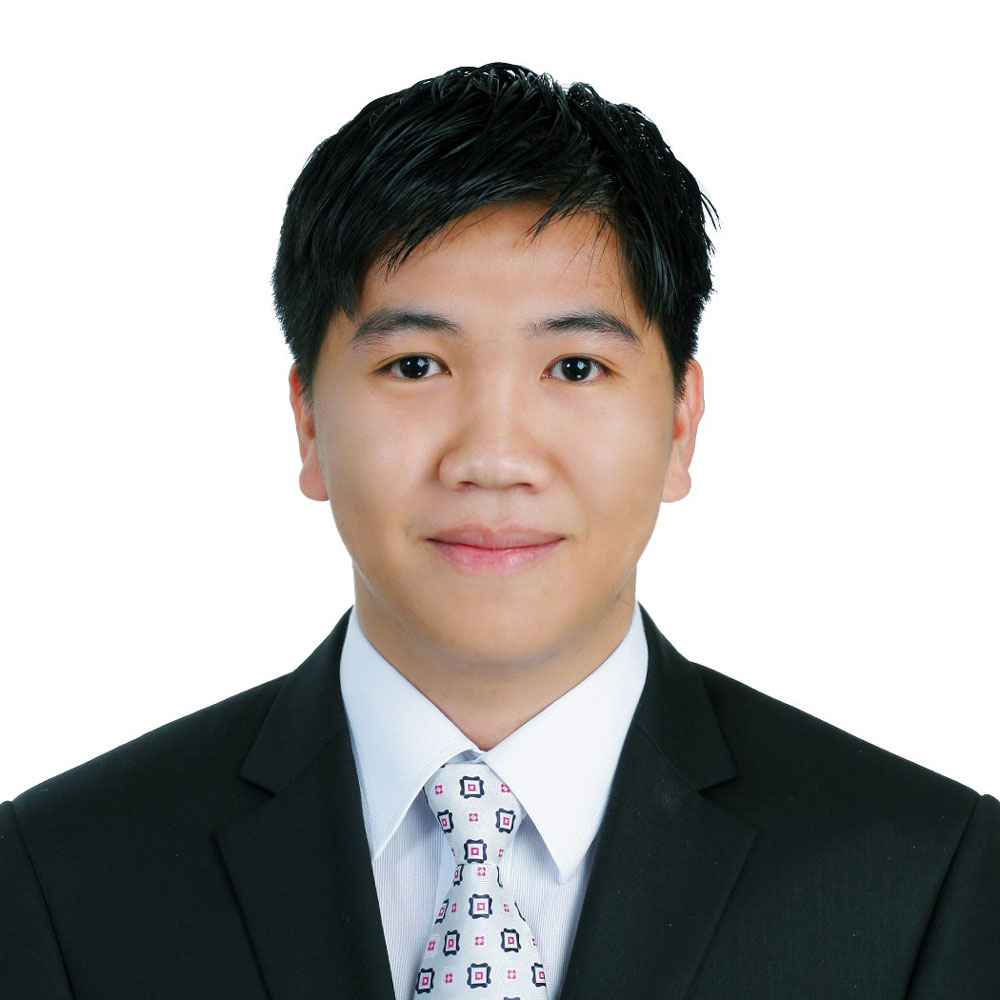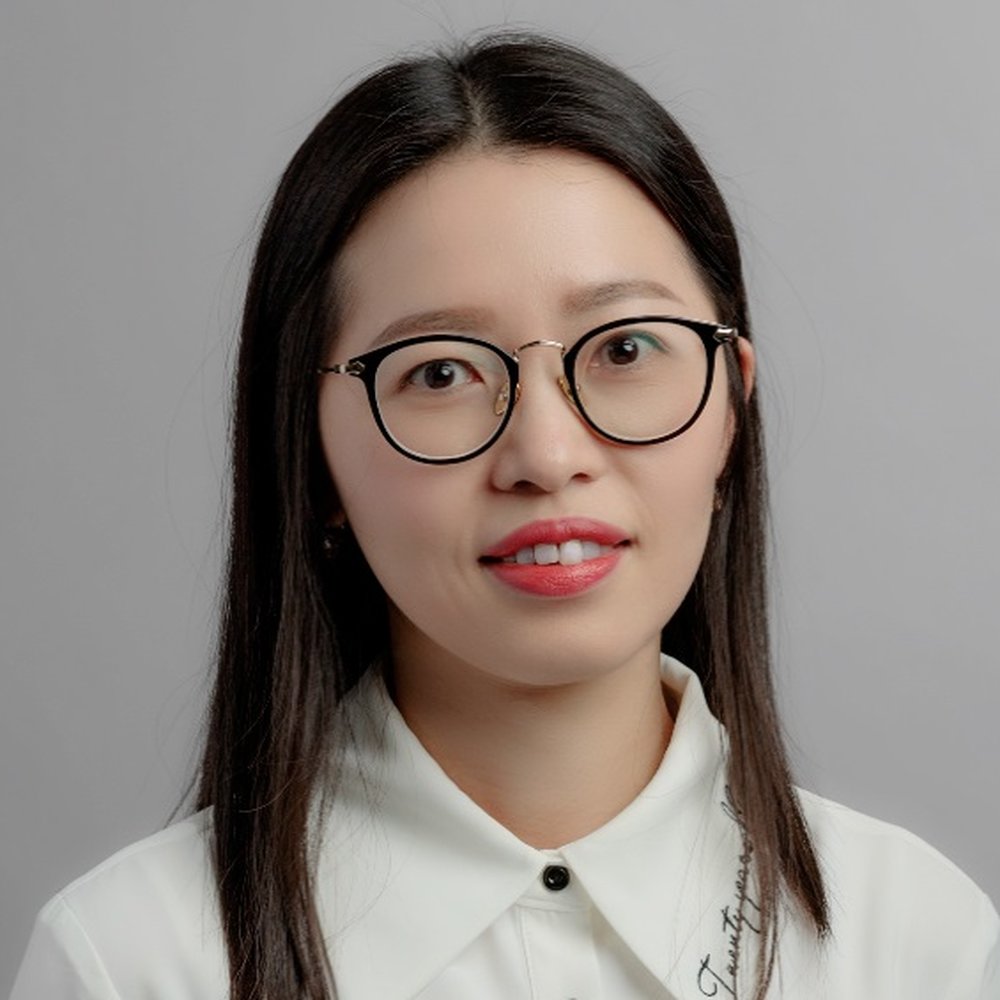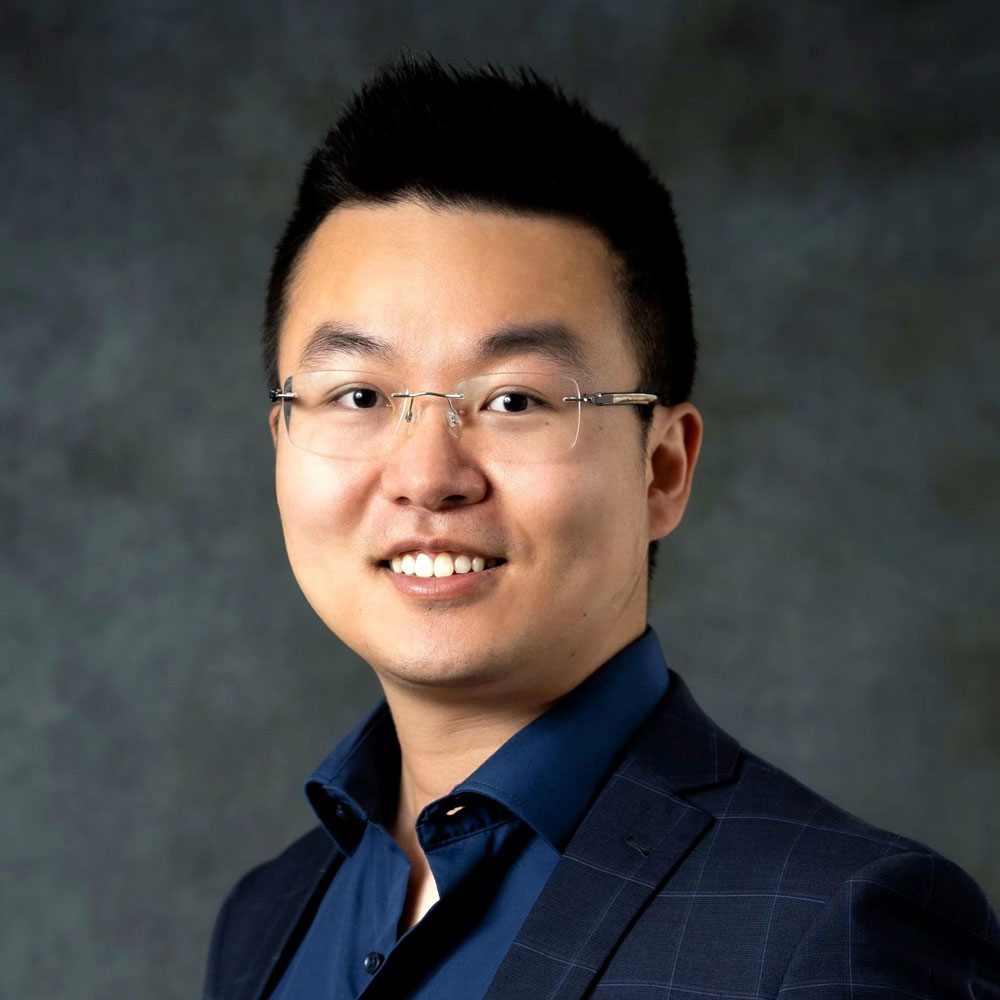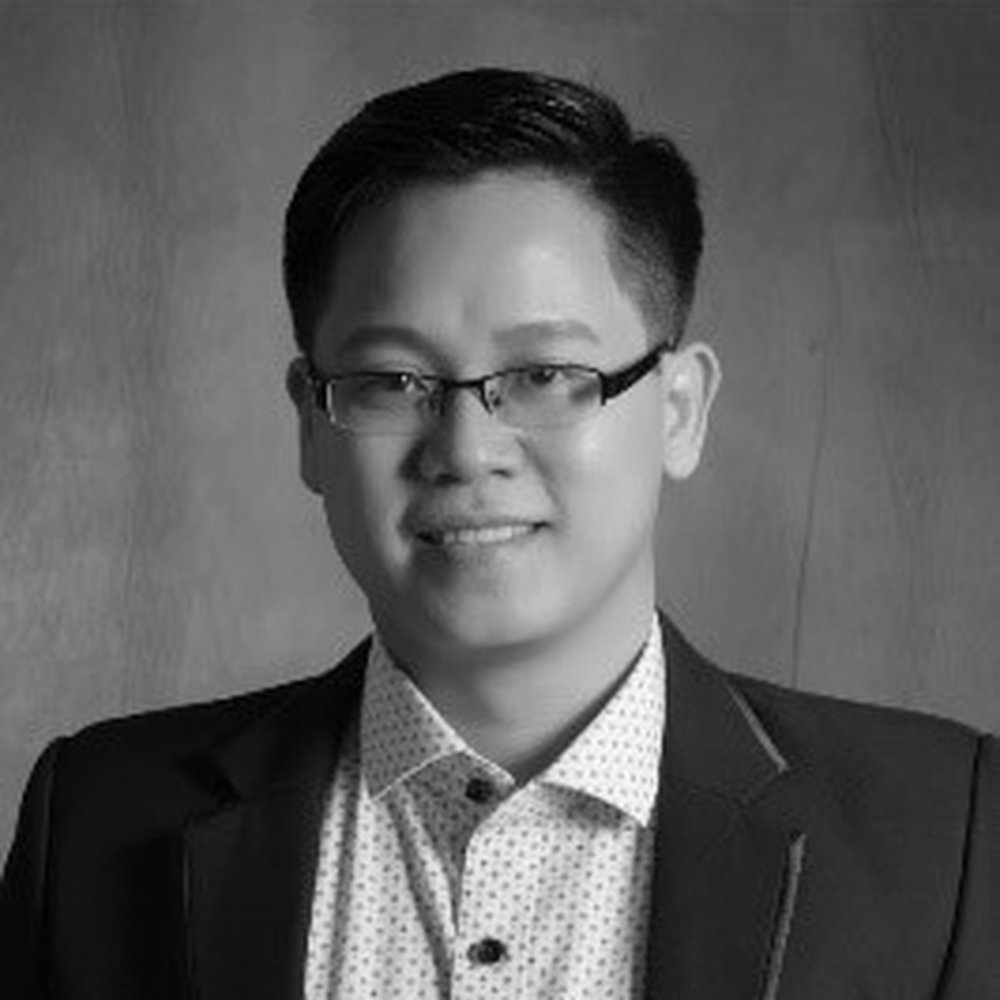Professor Yi Min 'Mike' Xie
Professor Mike Xie is an Honorary Professor of RMIT University in Australia and a Professor of Hohai University in China.. He was an Australian Laureate Fellow (2020–2024) and an RMIT Distinguished Professor (2016–2024). He established the Centre for Innovative Structures and Materials in 2012 as the Founding Director.
His team pioneered the evolutionary structural optimisation (ESO) and bi-directional evolutionary structural optimisation (BESO) methods, which have been used by thousands of engineers and architects around the world to design novel structures including several landmark buildings. He is a Fellow of the Australian Academy of Technological Sciences and Engineering.
His research impact in the field of structural optimisation has been recognised by the 2017 AGM Michell Medal and the 2017 Clunies Ross Innovation Award. In 2019, he was recognised in the Queen’s Birthday Honours List and appointed a Member of the Order of Australia (AM), for his ‘significant service to higher education, and to civil engineering’. In 2020, he was awarded the Victoria Prize for Science and Innovation. In 2022, he received the Sir John Holland Civil Engineer of the Year award. Professor Xie is one of the most highly cited researchers in his field. He has collaborated with a wide range of local and international companies, including Arup, Aurecon and Boeing.
Dr Ding Wen 'Nic' Bao
Dr Nic Bao is a Senior Lecturer in Architecture, Architecture Technology Stream Coordinator, and Director of the FormX Research Lab at RMIT University, recently he serves as a Chief Investigator (CI) for an ARC project and a RACE project. Nic specialises in advanced architecture, computational design, topology optimisation, behavioural algorithms, additive manufacturing, and robotic fabrication. Prior to joining RMIT, he worked as a full-time architect at Bates Smart and Fender Katsalidis (2013–2018) and taught as a sessional lecturer at the University of Melbourne and Monash University (2015–2020). He has published over 60 articles and is an editorial board member of Architectural Intelligence and Sustainable Structures journals.
Nic is a registered architect in Australia and the US, and a RIBA Chartered Architect in the UK. He is also the director of BWA Architects (BWA), and a partner at Ameba. His work has been exhibited at DigitalFUTURES, NGV Melbourne Design Week, Venice Biennale, Shenzhen Biennale, IASS Expo, and ACADIA exhibition. Nic received his PhD from RMIT with the 2021 HDR Research Excellence and Impact Award and holds a Bachelor's degree in Architecture from RMIT and a Master of Architecture from the University of Melbourne. He also studied through exchange programs at Chinese University of Hong Kong in Hong Kong and Universitat Politècnica de Catalunya in Barcelona.
Dr Ngoc San Ha
Dr Ngoc San Ha is a Lecturer in Civil and Infrastructure Engineering at RMIT University. He received his PhD degree in Engineering with a specialisation in structural mechanics at Konkuk University in South Korea with an outstanding graduation award in 2014.
Previously, Dr Ha was a Sessional Lecturer in the School of Engineering and Mathematical Sciences at La Trobe University and a Research Fellow at Swinburne University of Technology and Curtin University. Currently, Dr Ha is a member of the Centre for Innovative Structures and Materials (CISM) at RMIT University, led by an ARC Laureate Fellow - Distinguished Professor Mike Xie. Dr Ha's research interests include bio-inspired structures, construction materials, energy absorption of structures and materials, mechanical metamaterials, advanced composite structures and structural analysis under extreme conditions.
Dr Ha has been consistently producing top-notch research outcomes including one book chapter and more than 40 articles in peer-reviewed international journals. His publications were recognised as highly cited papers in Composite Part B and Journal of Bionic Engineering. Dr Ha and his co-authors have also received two best-paper awards for their research on biomimetics. Dr Ha was a guest editor of the Internal Journal of Protective Structures and is currently a topic editor at the journal Materials. Dr Ha has been involved in several research project grants as an investigator, including ARC Linkage Project and NSF China.
Dr Xiaoshan 'Susanna' Lin
Dr Xiaoshan (Susanna) Lin is a Senior Lecturer in Structural Engineering at RMIT University. She received her PhD degree in Civil Engineering from the University of New South Wales (UNSW) in 2012.
Before joining RMIT University in 2016, Dr Lin had been working as a postdoctoral researcher at UNSW Canberra, University of Liverpool in the UK and Nanyang Technological University in Singapore. Dr Lin’s fields of expertise include development of advanced finite element techniques for accurate and efficient numerical simulations, high performance reinforced concrete and composite materials, and structural analysis under extreme conditions.
Dr Lin has been involved in different research projects as a chief investigator, including ARC Discovery Projects and Victorian government funded research projects. In 2019, she published one research monograph on finite element analysis of composite structures. Dr Lin has supervised two PhD students to completion, and is currently supervising ten PhD students and two Masters by Research students.
Dr Jiaming Ma
Jiaming Ma is a post-doctoral researcher at the Centre for Innovative Structures and Materials (CISM) at RMIT University, where he works on the ARC Laureate Fellowship project. He has a strong research interest in the design and fabrication of innovative structures using topology optimisation and advanced manufacturing techniques.
Jiaming received his double degrees of B.Eng. (Hons.) in mechanical engineering from Shandong University in China and RMIT University in Australia in 2018. He completed his PhD in CISM at RMIT University in 2023, with the thesis entitled ‘Design and Fabrication of Innovative Shell Structures Using Topology Optimisation and Advanced Manufacturing Techniques’. During his PhD study, Jiaming developed new techniques to create innovative shell structures and examined representative shell structures in nature and engineering applications. His research outcomes have been published in leading international journals.
Jiaming is experienced in topology optimisation, computational morphogenesis, lightweight shell structure design, and novel fabrication and construction methods. He received the 2022 Hangai Prize from the International Association for Shell and Spatial Structures (IASS), the Best Research Student Paper Award at the Fifth Australasian Conference on Computational Mechanics, and the Postgraduate Research Excellence Award at CISM. Jiaming was the President of the Chinese Association of Professionals and Scholars in Australia, the General Chair of the 13th Research Symposium for Chinese PhD Students and Scholars in Australia and is the core member of the organizing committee of the IASS Annual Symposium 2023.
Dr Jonathan Tran
Dr Jonathan Tran is an Associate Professor in the Department of Civil and Infrastructure Engineering, and a member of the Centre for Innovative Structures and Materials (CSIM), School of Engineering, RMIT University.
His research interests lie at the interface between solid mechanics and materials engineering with the aim to develop novel materials that exhibit paradigm-shifting properties for extreme loading protection that can impact the general field of infrastructure and lightweight structural materials.
Dr Tran received his PhD in Theoretical & Applied Mechanics from University of Illinois, Urbana Champaign, USA and then worked as a postdoctoral researcher at Northwestern University, USA. Dr Tran has supervised over ten PhD students with four completions. He has published three book chapters and over 90 refereed journal articles. Dr Tran and his PhD students were awarded a number of best paper prizes for their research on computational mechanics and shock & impact on structures. His recent research on 3D printing concrete mimicking lobster’s shell has been featured in over 300 online and broadcast stories in mainstream, science and trade-focused media including Reuters, New York Post, Australian Manufacturing, Daily Mail.
